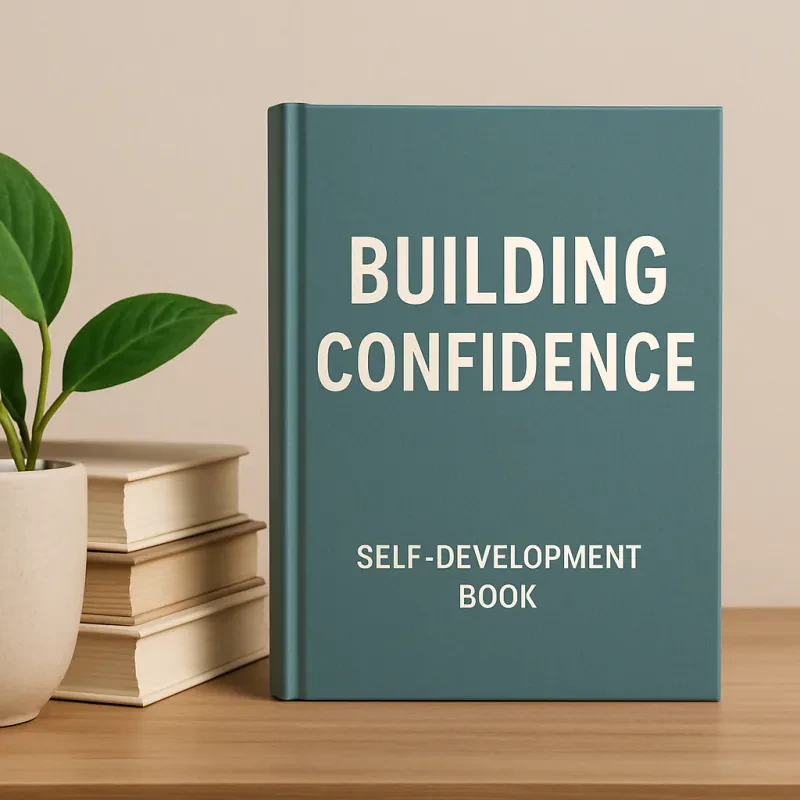Expressing Emotions Without Judgment or Criticism: A Guide to Healthy Communication
Emotional expression is crucial in our lives. When done right, it builds relationships and nurtures mental well-being. The way we express our feelings can lead to deeper connections or, conversely, misunderstandings. Understanding how to express emotions without judgment or criticism is key in fostering an emotionally healthy environment.
The High Cost of Repressed Emotions
Many people struggle with bottled-up feelings. According to research, around 70% of mental health issues can be traced back to emotional suppression. An example could be a person who avoids sharing stress at work. Over time, that stress affects their health, relationships, and productivity. Ignoring emotions can have serious consequences.
The Benefits of Open Emotional Expression
On the flip side, sharing feelings openly offers numerous benefits. Good emotional expression can improve relationships significantly. Studies show that high emotional intelligence often correlates with professional success. When we express feelings without fear of judgment, we create space for understanding and growth.
Understanding Your Emotions: The First Step to Healthy Expression
Identifying and Naming Your Emotions
To express emotions effectively, first recognize what you feel. A helpful exercise is building an emotional vocabulary. Utilize tools like a feelings wheel or keep a journal with prompts such as "Today, I felt…." This practice allows for more precise communication of emotions.
Differentiating Between Feelings and Thoughts
Understanding the difference between feelings and thoughts is vital. Feelings are immediate responses; thoughts are interpretations. Distinguishing them helps in expressing emotions without mixing in judgments. An expert states that recognizing this difference is crucial for healthy emotional communication.
Communicating Emotions Effectively: Techniques and Strategies
Assertive Communication Techniques
Using "I feel" statements is an effective strategy. For example, saying "I feel upset when plans change last minute" focuses on your emotions. This approach avoids blaming others, allowing for healthier dialogues.
Nonverbal Communication: The Unspoken Language of Emotions
Body language and tone play significant roles in communication. Maintain eye contact and an open posture. Practice being aware of your nonverbal cues to ensure they match your spoken words.
Active Listening and Empathy
Listening is just as important as speaking. Understand another person’s perspective by showing genuine interest. In conflicts, try to paraphrase what the other person says to show understanding. This practice can clarify misunderstandings and foster connection.
Navigating Difficult Conversations: Handling Criticism and Judgment
Setting Boundaries
Identify personal boundaries and communicate them clearly. For instance, if a friend often jokes about a sensitive topic, let them know it bothers you. Setting boundaries helps maintain respect in communication.
Responding to Criticism Constructively
Not all criticism is helpful. Learn to separate constructive feedback from judgment. When receiving comments, ask yourself if they are aimed at improving your behavior or simply criticizing you. This lens helps manage emotional reactions.
Choosing Your Battles
Not every situation demands emotional expression. Sometimes, letting things go is the best choice. Identify when to engage and when to step back, as not all fights are worth having.
Cultivating Emotional Intelligence: Ongoing Growth and Development
Self-Awareness: Understanding Your Emotional Landscape
Take time for self-reflection. Mindfulness practices like meditation can enhance self-awareness. Understanding your emotional landscape is the foundation for healthy expression.
Empathy and Perspective-Taking
Practice empathy through exercises. Try to put yourself in someone else's shoes. Recognizing different perspectives enriches your emotional interactions and strengthens connections.
Managing Emotional Reactions
When emotions run high, use stress-reduction techniques. Deep breathing or walking can help manage intense feelings like anger. These practices enable healthier emotional regulation, making difficult conversations easier.
Conclusion: Embracing Emotional Authenticity for a Fulfilling Life
Emotional expression without judgment leads to deeper, more fulfilling relationships. Remember the benefits: improved mental health, stronger connections, and greater empathy. Foster emotional authenticity in your life. Start practicing today; let your feelings flow freely and observe the positive changes. Embracing your emotions can lead to a more enriched life.



